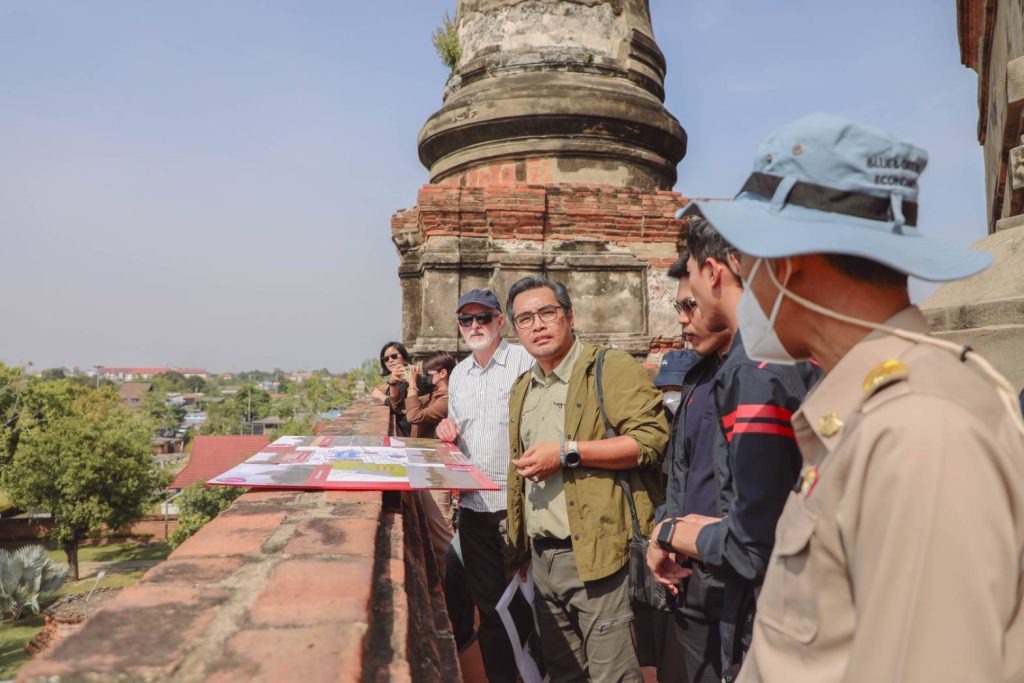World Heritage Panel Guides Thailand on Ayutthaya Rail Project
Thailand is pressing forward with major infrastructure upgrades, but not without international oversight—especially when it comes to its treasured cultural heritage. The latest development involves the historic city of Ayutthaya, where UNESCO’s World Heritage Committee has stepped in to advise the Thai government on the impact of its high-speed rail project.
By Lawrence Davis, Executive Editor
UNESCO Issues Advisory on Ayutthaya Rail Concerns
Ayutthaya, once the capital of the ancient Siamese kingdom and now a UNESCO World Heritage Site, faces a critical crossroads. The proposed Bangkok–Chiang Mai high-speed rail line, part of a broader transnational connectivity effort, includes a controversial segment that would pass near the city’s historical park—home to centuries-old ruins and revered temples.
UNESCO’s World Heritage Centre issued formal guidance to Thailand, urging a reevaluation of the railway alignment. Their advisory notes the potential risk to the city’s heritage value, particularly its visual integrity, if elevated tracks and associated infrastructure are not re-routed or modified.

Government Affirms Preservation Commitment
The Ministry of Transport responded promptly to the advisory, stating it would work closely with the State Railway of Thailand (SRT) to reassess the route near Ayutthaya. Minister Suriya Jungrungreangkit confirmed that Thailand is open to adjusting project designs in accordance with international heritage protection standards.
“We acknowledge the importance of Ayutthaya, not only as a national symbol but as a global heritage site,” said the Minister. “The development will proceed responsibly, and we are actively cooperating with UNESCO to find solutions that meet both preservation and progress.”
In the meantime, the SRT has suspended work in the vicinity of the heritage zone. A joint task force, composed of Thai engineers, urban planners, and UNESCO consultants, is now reviewing alternative alignments and design mitigation strategies.

State Railway of Thailand (SRT)
Ayutthaya at the Crossroads of Past and Future
Ayutthaya’s archaeological zone spans more than 289 hectares and draws millions of domestic and international visitors each year. Recognized by UNESCO in 1991, the city’s cultural significance lies not just in its preserved ruins, but in the spatial harmony between history and landscape.
Critics of the rail project have warned that large-scale infrastructure so close to the old city’s boundaries could set a dangerous precedent for heritage sites globally. Advocates of the project, however, argue that development and preservation can coexist—if guided by expert input and transparency.
Looking Ahead
Thailand now finds itself under the international spotlight, with Ayutthaya serving as a test case for how modern economies can expand transportation networks without sacrificing historical identity. The revised rail plan is expected to be submitted later this year after further technical consultations.
UNESCO representatives will continue to monitor the process and are expected to conduct another site mission before final decisions are made.
For now, the message is clear: progress must honor the past.
Click here for the latest news
